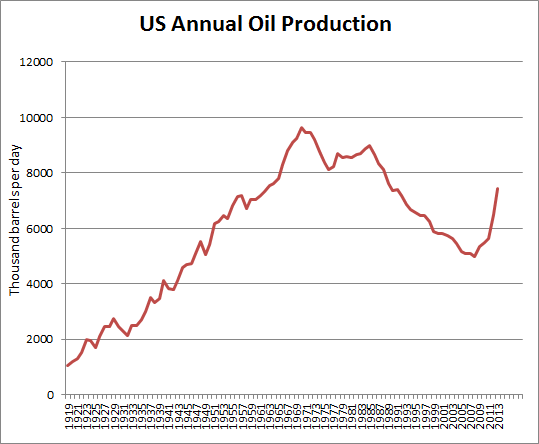

While total production is rising, regional distribution has shifted, with the share of production declining the most in Europe and the Commonwealth of Independent States (CIS) since 2008, and rising the most in North America. Oil and oil products remain invaluable commodities as most transportation fuels are petroleum-based and oil is a major raw material for the chemicals industry. Similarly, global oil consumption only decreased in 2008, 2009, and 2020, but has otherwise increased to a higher level year after year.

However, the coronavirus pandemic and its impact on transportation fuel demand led to a notable decline in the following year.Īpart from events surrounding global economic crisis as in the late 2000's and 2020, oil production consistently increased every year for the past two decades. This is more than double what the entire. In 2019, Texas produced 5,070,450 barrels per day. US Oil Consumption data is updated yearly, averaging 17,634.080 Barrel/Day th from Dec 1965 to 2021, with 57 observations The data reached an all-time high of 20,531.482 Barrel/Day th in 2005 and a record low of 11,512. The level of oil production reached an all-time high in 2019, at nearly 95 million barrels. Crude Oil Production in the United States averaged 7681.38 BBL/D/1K from 1950 until 2023, reaching an all time high of 12860.00 BBL/D/1K in November of 2019 and. Texas is the largest producer of crude oil in the United States. Global oil production amounted to 89.9 million barrels per day in 2021. production from about twenty-six million barrels of oil annually to around sixty-four million barrels per year.


 0 kommentar(er)
0 kommentar(er)
